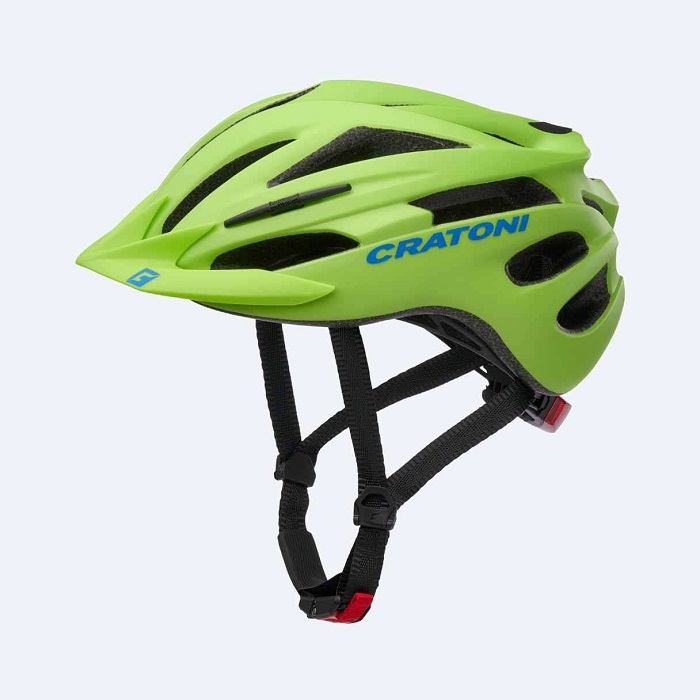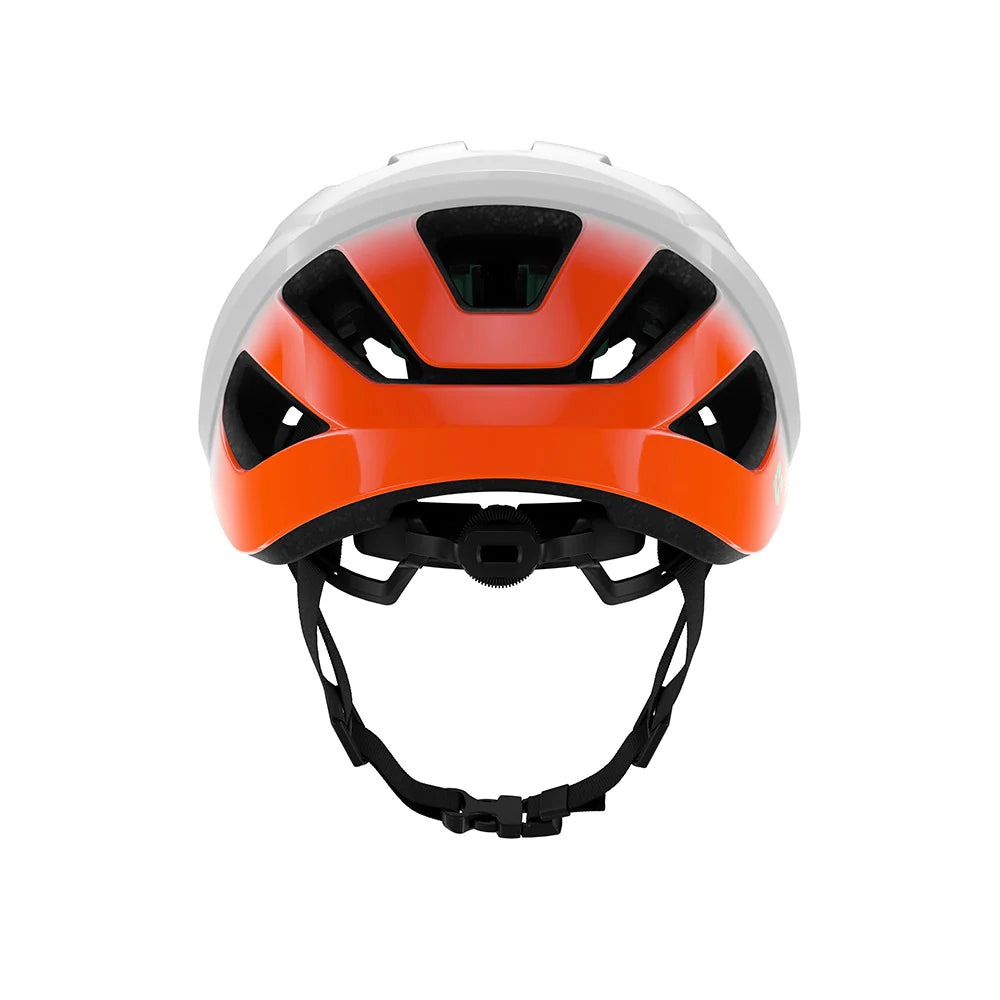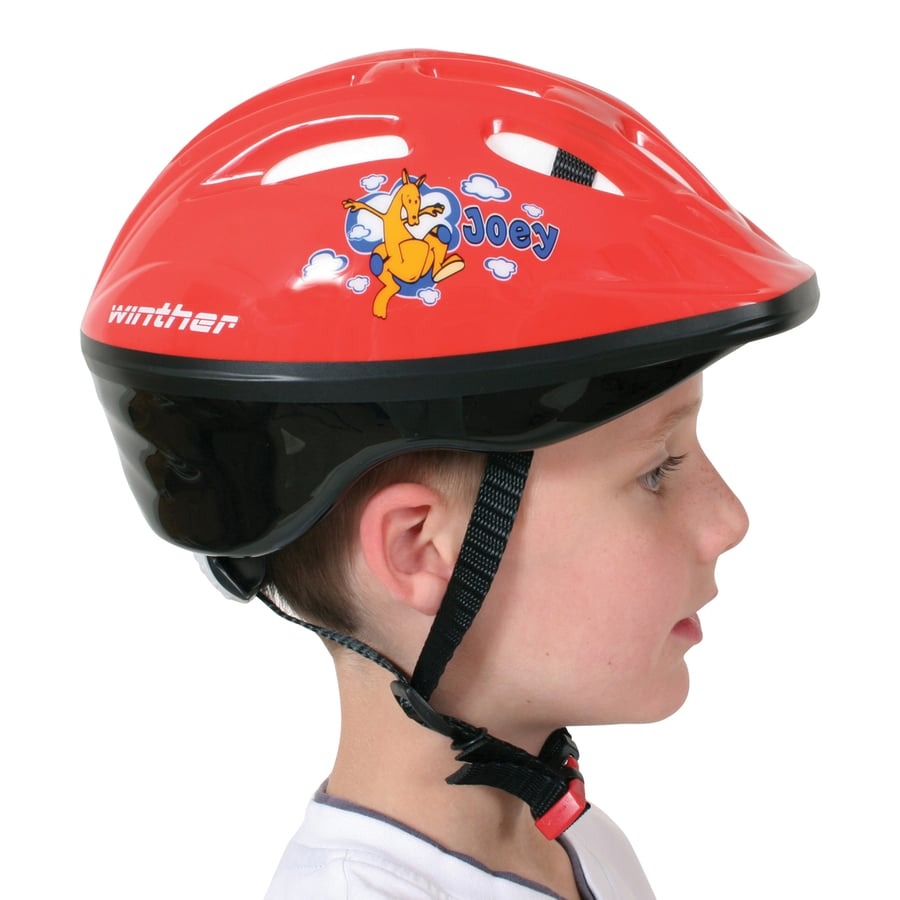Importance of Helmet Safety for Children
The safety of our children is the top priority for every parent. When it comes to biking, skating, or any other activity that poses a risk of head injury, kids helmets are essential. Each year, head injuries from sports and outdoor activities can lead to serious consequences for children. Opting for the right helmet can dramatically reduce the risk of head trauma.
Wearing a helmet is like having an insurance policy for your child’s head. It serves as a protective barrier against impacts that can cause bruises, concussions, or even more severe injuries. It’s crucial to not only get a helmet but to ensure it fits properly and meets safety standards. This is why understanding the importance of helmet safety for children cannot be overstressed.
Moreover, fostering a helmet-wearing habit from an early age helps children understand that safety is non-negotiable. It encourages them to be responsible and to prioritize their wellbeing while enjoying their activities. By setting this standard, we help to create a culture of safety-first that can last a lifetime. Consistent use of kids helmets not only protect your child but also sets a positive example for their peers.
Remember, prevention is better than cure. By prioritizing helmet safety for children, we can prevent many injuries and give our kids the freedom to explore and enjoy their youth with peace of mind.
Key Features to Look for in Kids Helmets

When shopping for kids helmets, there are crucial features to consider. These features ensure safety, comfort, and a good fit. Here’s what to look for:
Safety Certifications
Make sure the helmet has safety certifications. It should meet or exceed industry standards set by organizations. These certifications show the helmet can protect your child’s head during impacts.
Adjustable Straps
Helmets with adjustable straps offer a secure fit. The straps should be easy to adjust so that the helmet sits firmly on the child’s head.
Proper Ventilation
Good ventilation keeps your child cool and comfortable. Look for helmets with multiple vents that allow for airflow over your child’s head.
Durable Material
The material should withstand impact and wear. Hard outer shells with shock-absorbing foam liners are your best bet for durability and protection.
Lightweight Design
A lightweight helmet won’t strain your child’s neck. It encourages longer wear time without discomfort.
Padding for Comfort
Interior padding adds comfort and helps the helmet fit better. Check for helmets with removable and washable pads.
By focusing on these key features, you can choose a helmet that keeps your child safe and comfortable. Always remember that a well-fitted, certified helmet is the best option for protection.
Sizing Guide for Children’s Helmets
Choosing the right size for kids helmets is critical for effective protection. Here’s a quick guide:
Measure Your Child’s Head
Start by measuring the circumference of your child’s head. Use a flexible tape measure. Place it about a half-inch above the eyebrows. This is where the helmet will sit. Record the measurement and use it as a guide when selecting a helmet.
Check the Size Chart
Every helmet brand has a size chart. Match your child’s head circumference with the corresponding helmet size. If your child is between sizes, opt for the smaller size for a snug fit.
Try It On
If possible, have your child try on the helmet before buying. The helmet should be snug but not too tight. It should sit level on the head, not tilted back or forward.
Look for Adjustable Features
Some helmets come with adjustable dials or pads for a better fit. These can be fine-tuned as your child grows.
Ensure a Secure Fit
The helmet should not move around on the head. A secure fit means less than an inch of movement in any direction. The strap should form a ‘V’ shape under the ears and be snug under the chin.
By following this sizing guide, you can ensure that the kids helmets you select will offer the best protection for your child during their activities.
Popular Helmet Designs for Different Age Groups

Choosing the right helmet design can make a big difference for children. Different age groups have distinct needs and preferences. Here, we explore popular helmet designs for various age groups:
Toddlers
For toddlers, helmets should be lightweight and have an extended back to protect the lower part of the skull. Bright colors and fun patterns can make the helmets more appealing to young children. Additionally, soft straps and minimal buckles are important to prevent discomfort.
School-aged Children
As children grow, their helmets should adapt. For school-aged kids, helmets often come with adjustable dials to ensure a perfect fit as they grow. They feature more ventilation to accommodate increased physical activity. Sporty designs and options for attaching stickers make these helmets popular among school kids.
Teenagers
Teenagers often look for style alongside function in a helmet. Helmets for this age group come in sleek, urban designs often resembling those used in professional sports. They prioritize higher ventilation and may include features like removable pads and visors. Brands might offer more subtle color options appealing to a teenage aesthetic.
Understanding the specific needs of each age group helps in selecting the best helmet. This ensures children are both comfortable and protected while enjoying their activities.
Understanding Helmet Certifications and Standards
When choosing kids helmets, safety certifications are not just another sticker on the product – they are a pledge of reliability and protection. These certifications indicate that the helmet has undergone rigorous testing and meets specific safety criteria defined by authoritative bodies.
Look for Recognized Certifications
Seek out helmets that show marks from recognized certifying organizations. These may include the Consumer Product Safety Commission (CPSC) in the United States, or the European Committee for Standardization (CEN) in Europe. Such certifications assure that the helmet adheres to strict safety standards.
Understand the Testing Procedures
Certified helmets go through intense testing. This includes impact and strap strength tests. The helmets must show they can absorb and manage the force of an impact effectively. This ensures that they will offer the protection your child needs when it counts.
Check for Recency
Safety standards evolve. A certification from many years ago may not comply with current guidelines. Always check the date of certification to ensure your child’s helmet meets up-to-date safety standards.
Be Wary of False Claims
Unfortunately, not all claims of certification are valid. Some might use fake stickers or false advertising. Always verify the certifications by ensuring they are genuine and current. This is often possible through the manufacturer’s website or by contacting the certifying body directly.
Remember, a helmet that meets recognized safety standards is a fundamental shield for your child’s adventurous spirit. Make sure to prioritize these certifications as a key factor in your purchase decision for kids helmets.
Tips for Encouraging Kids to Wear Helmets

Ensuring that kids wear helmets can sometimes be a challenge. Here are effective tips to make it less of a struggle:
Lead by Example
Children often imitate adults. Always wear a helmet during your own activities. This shows them it’s important.
Involve Them in the Selection
Take your child helmet shopping. Let them choose a design they love. It boosts their willingness to wear it.
Educate About Safety
Talk to your kids about the risks of not wearing a helmet. Use simple terms to explain how helmets protect.
Establish a Routine
Make wearing a helmet a non-negotiable part of the activity routine. Consistency turns it into a habit.
Use Positive Reinforcement
Praise your child when they remember to wear their helmet. Positive feedback encourages good behavior.
Make it Fun
Stickers and markers can be used to personalize helmets. This makes them more exciting and personal for kids.
Helmet-Friendly Activities
Plan outings that require a helmet. Skate parks or cycling trails make helmet use a part of the fun.
By applying these tips, you can help your child understand and appreciate the importance of wearing a kids helmet. It’s about making safety a priority in a way that’s engaging and positive for them.
Maintenance and Care for Children’s Helmets
Caring for kids helmets ensures long-lasting protection. Here are simple yet important tips for maintenance:
Inspect Regularly
Check for cracks or damage before each use. Look over straps, buckles, and padding too. Replace damaged helmets immediately.
Clean with Care
Use mild soap and water for cleaning. Avoid harsh chemicals that might weaken helmet materials. Let it air dry.
Store Properly
Keep helmets in a cool, dry place away from direct sunlight. Sunlight can degrade the helmet’s structure over time.
Follow Manufacturer’s Guidelines
Each helmet comes with care instructions. Adhere to these guidelines for the best helmet upkeep.
Teach Responsibility
Involve your child in the care of their helmet. This teaches them value and responsibility for safety gear.
By following these maintenance and care steps, kids helmets will continue to offer optimal protection throughout their usage.
Where to Buy Kids Helmets and Recommendations
Finding the right place to buy kids helmets can ensure quality and variety. Here are top recommendations:
Online Retailers
Online platforms like Amazon, Walmart, and Target offer a wide range of kids helmets. You can compare different brands and read customer reviews to make a well-informed choice.
Local Sporting Goods Stores
Visiting local stores like REI or Dick’s Sporting Goods allows you to see helmets up close. Staff can often help with fittings.
Specialty Bike Shops
For expert advice, head to a specialty bike shop. They typically have high-quality helmets and can offer professional fitting.
Recommendations
- Schwinn Thrasher Helmet – Great for everyday use, it comes with adjustable straps and crucial safety certifications.
- Bell Rally Child Helmet – Features a fun design and offers robust protection. It’s light and comfortable.
- Raskullz Child Helmet – Perfect for younger kids with its attractive 3D designs and excellent safety features.
Choosing where to buy and picking the right helmet can greatly influence your child’s safety and comfort. Always opt for tested and certified models.